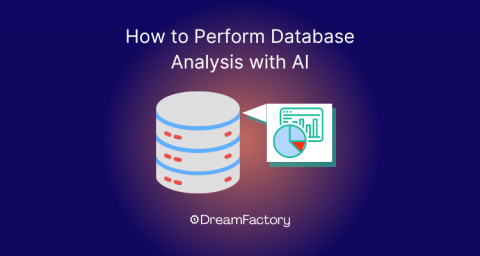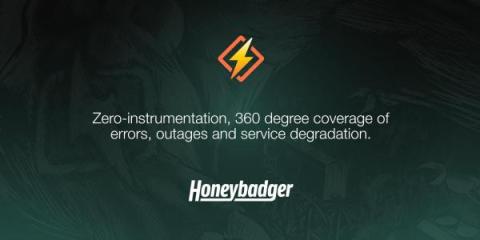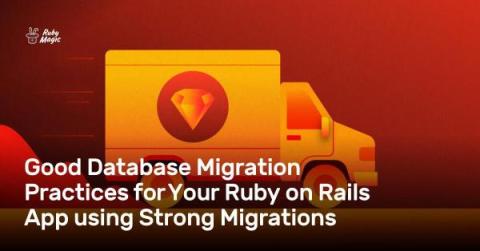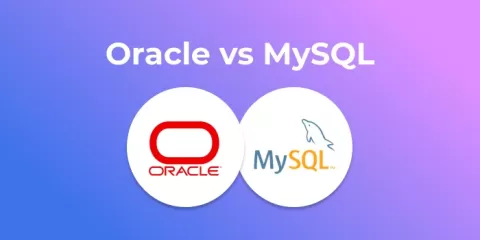A Software Engineer's Tips and Tricks #2: Template Databases in PostgreSQL
Hey there! We're back for our second edition of Tips and Tricks. As we said in our first post on Drizzle ORM, our new Tips and Tricks mini blog series is going to share some helpful insights and cool tech that we've stumbled upon while working on technical stuff. Today, we're going to talk about the template databases of PostgreSQL. Remember, these posts will be super short reads. If you don’t like the topic of one of the posts, no problem! Just skip it and check out the next one.









